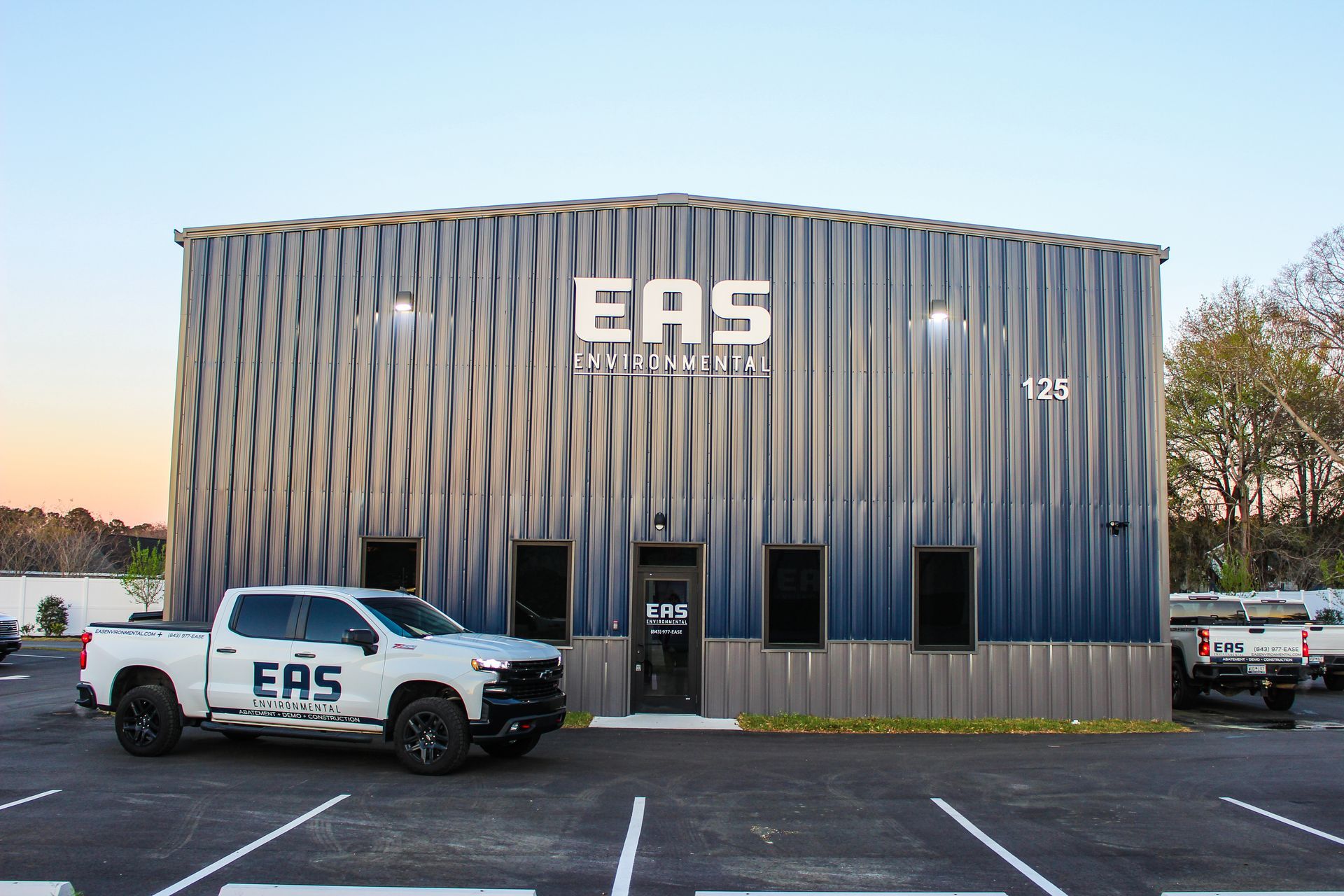
Discover peace of mind and safeguard your home with the installation of a crawl space sump pump kit. In this comprehensive guide, we'll delve into the myriad benefits that come with this essential addition to your home's defense against water intrusion. From preventing mold and structural damage to maintaining a dry and healthy living environment, explore how a crawl space sump pump kit can be your ultimate solution for staying protected and ensuring the longevity of your valuable property.
Preventing Water Damage with a Crawl Space Sump Pump Kit
Water damage can wreak havoc on your home's foundation, structural integrity, and indoor air quality. Enter the crawl space sump pump kit – a powerful defense against the potentially devastating effects of water intrusion. By effectively channeling and removing excess water from your crawl space, these kits play a crucial role in preventing mold growth, wood rot, and other issues that can arise from moisture buildup.
Equipped with state-of-the-art technology and reliable components, crawl space sump pump kits automatically detect and eliminate excess water, keeping your crawl space dry and your home protected. Beyond averting immediate damage, these kits contribute to long-term structural health, ensuring that your property remains resilient in the face of changing weather conditions and water-related challenges. Don't underestimate the significance of a crawl space sump pump kit – it's not just a solution; it's a proactive investment in the longevity and well-being of your home.
Safeguarding Structural Integrity through Sump Pump Kits
Maintaining the structural integrity of your home is a top priority for any homeowner, and one effective way to achieve this is by utilizing sump pump kits in your crawl space. These kits serve as a powerful line of defense against potential water damage that can compromise the stability and durability of your property. By swiftly removing excess water from your crawl space, sump pump kits prevent moisture accumulation that could lead to wood rot, foundation cracks, and other structural issues.
The proactive nature of sump pump kits goes beyond mere prevention – it's about taking a crucial step to fortify your home against the elements. Whether you live in an area prone to heavy rainfall or face the challenges of fluctuating groundwater levels, a well-installed and reliable sump pump kit ensures that your crawl space remains dry and resilient. By safeguarding the structural integrity of your home, you're not only protecting your investment but also creating a safe and comfortable living environment for you and your family.
Peace of Mind: Crawl Space Sump Pump Kits for Emergency Preparedness
In the realm of emergency preparedness, crawl space sump pump kits stand as an unsung hero, providing homeowners with a sense of security and peace of mind. When unexpected heavy rains or flooding strike, these kits become a reliable ally in preventing crawl space inundation and potential water damage. By automatically detecting rising water levels and swiftly pumping out excess moisture, these kits ensure that your crawl space remains a dry and protected space, even in the face of nature's unpredictability.
The true beauty of crawl space sump pump kits lies in their ability to operate seamlessly during power outages, thanks to battery backup systems. This feature guarantees that your crawl space remains safeguarded when you need it most, making these kits an indispensable asset for emergency situations. Whether you're concerned about preserving valuable belongings, preventing mold growth, or maintaining your home's structural integrity, investing in a crawl space sump pump kit not only bolsters your emergency preparedness strategy but also provides you with the priceless comfort of knowing that your home is equipped to handle whatever challenges come its way.
FAQs
Contact EAS Environmental Today!
EAS Environmental will do everything we can to ensure your experience with us is excellent.
Request A FREE Estimate
Request a Free Estimate Form
Checkout Recent Post




Got a Question? We’re Here to Help.
You can arrange an appointment or make an enquiry by phone or email, orget in touch to us via our contact form.

